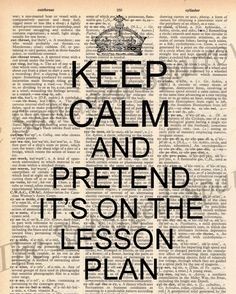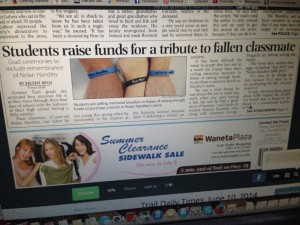” It takes a village to raise a child” is an old saying. Although, this saying is old, it does not dismiss the fact that it rings true. In order for our students to be truly educated, we need to bring in the village.
Despite popular belief, teachers do not know everything. Therefore, we often have to look to other community members to fill in where we draw blanks. This is beneficial to both parties involved. Students get a full and broad knowledge of a variety of different subjects. While, community members get to have a hand in the education of our future leaders.
J.L Crowe uses the community to its full potential. They often bring in community members to help teach subjects or discuss options for after high-school. However, my favorite example of community involvement comes from the “communities in bloom” organization. Through this group effort, a small garden was planted behind the school. Here, students are able to learn how to plant and take care of a variety of plants. This of course will help them later in life. Gardening is a very useful skill and can often be very therapeutic. This program is entirely run by the community and they come up to the school once a week and help water and fertilize the plants, with the students help!! I think this combines the greatness of community involvement and the important skills
Another great example of community involvement in education is the work experience program. Students are given the opportunity to shadow those who are have careers that they may be interested in perusing. For a week, students are able to try on the job of their choice with various community members. This is a great program because it gives the students a chance to try out a career, while getting to know a variety of community members.
This program is near and dear to my heart because I was involved in this program when I was in high school. Back then I was interested in being a lawyer. Although, I decided I did not want to be a lawyer, I still stay in touch with those who were involved in this experience.
I believe in community involvement in education. It truly takes a village to educate a child. I believe that the more we bring in the community the better educated the child will be.




